Subatomic Particles Foldable
This blog post contains Amazon affiliate links. As an Amazon Associate, I earn a small commission from qualifying purchases.
I want to share a subatomic particles foldable I created for my physical science students to glue in their interactive notebooks.
My physical science students are starting our first unit that addresses the periodic table. I decided to kick off this unit by reviewing the three types of subatomic particles. This is a review for all of my students, so I decided to use it as a way to gauge how much they remember from their middle school science classes. Given the names of the three subatomic particles, I challenged them to give me each particle’s location, mass, and charge.
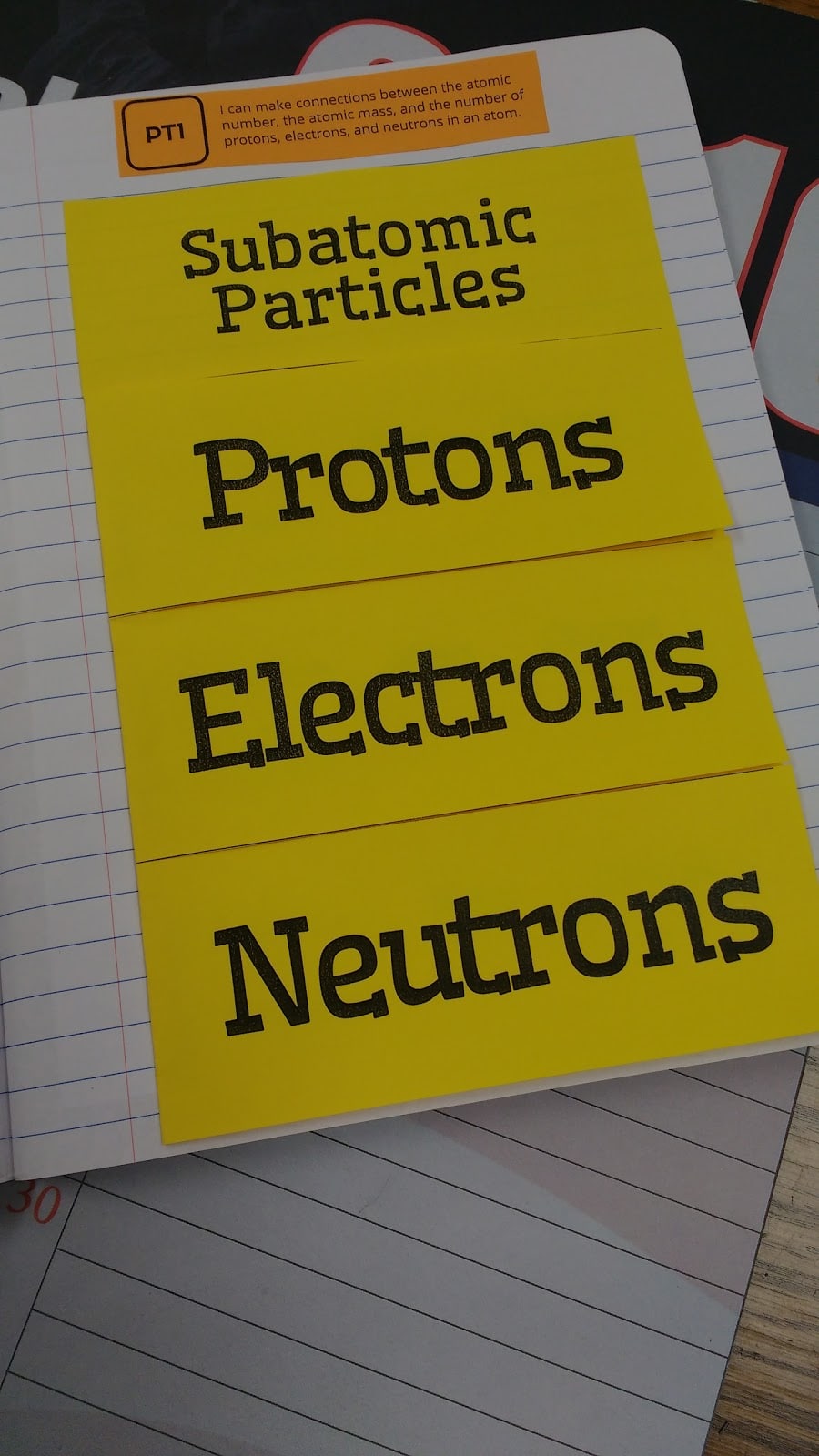
This is a four-flap foldable, but I had my students cut off the first flap to reveal the title, “Subatomic Particles.”
When I asked my students where the protons were located, several students suggested “center” or “middle.” I was VERY shocked when they couldn’t come up with the word “nucleus.” I even gave them the first letter as a hint. Nope. Nothing.
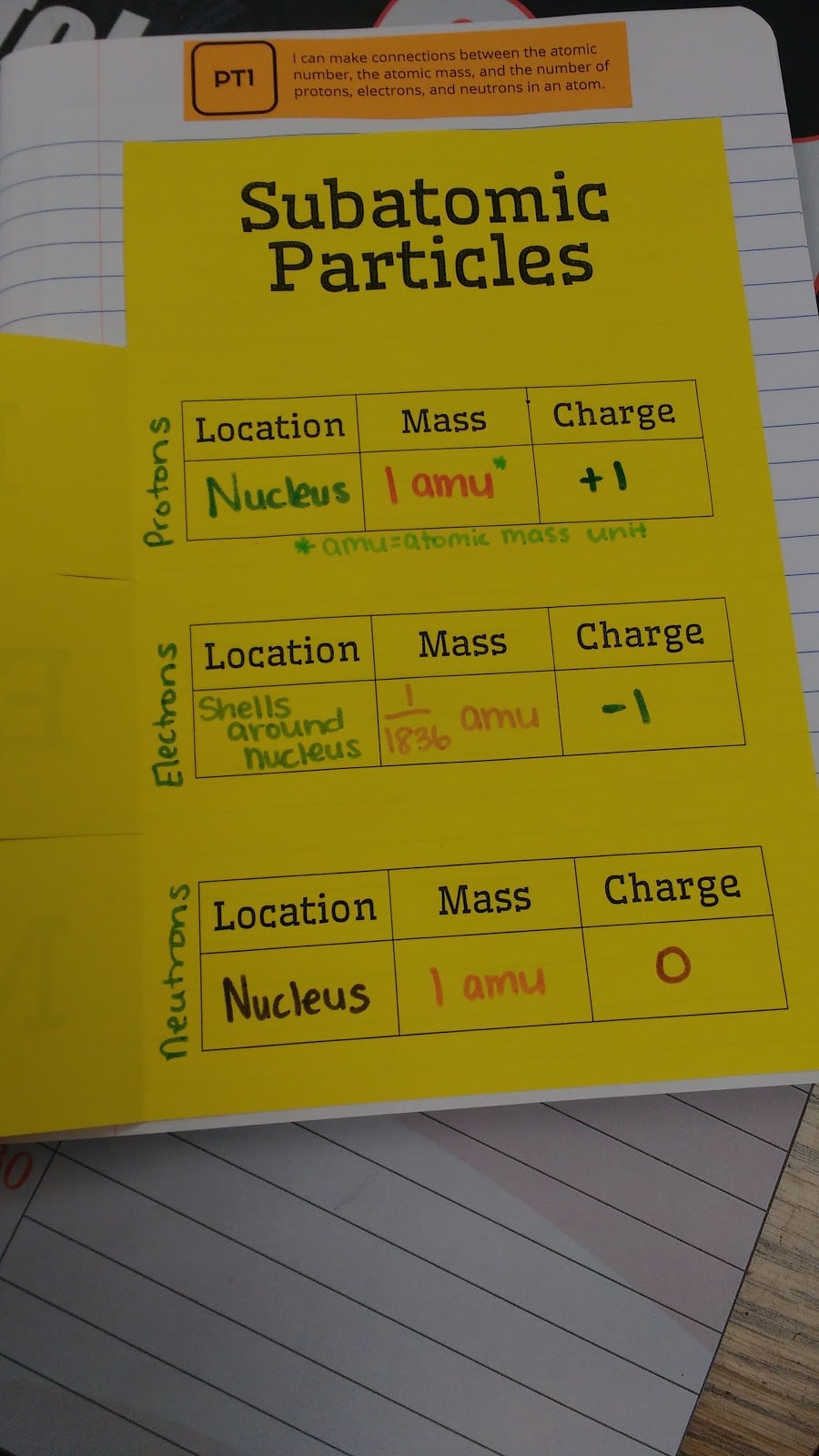
Then, there was the student that told me a proton weighed a pound. Yup. A pound. When I said that was incorrect, another student offered the answer of a gram. No again. The mass of a paperclip is around a gram. A proton is MUCH smaller than that. This led to talking about how atoms and protons are on such a small scale than anything we can easily measure the mass of. If I’d been on my game, I would have given them a conversion factor to relate atomic mass units to grams!
After discussing the fact that a proton has a charge of positive one, a student suggested that an electron must have a charge of 0. Of course, another student piped in that it made more sense to think that a NEUTron would have a charge of 0. This reminds me just how important it is to emphasize root words and suffixes and prefixes in science.
At the very beginning of the lesson, I asked them to share as many “sub” words as they could in order to help us make sense of what it means to be “subatomic.” I remember having to take a weekly prefix/suffix quiz when I studied biology in high school. Maybe I should do something of the sort with my physical science students… (Could probably use this as an opportunity to make some more posters for my classroom, too!)
Another interesting conversation that happened as a result of this foldable regarded the mass of an electron. One student guessed that an electron had a mass that was half of a proton. Nope, smaller. One fourth? Smaller. One eighth? Smaller. One sixteenth? Smaller. At this point, I told her that we’d be here for days if we kept it up at that rate. I was just going to spoil the beans and tell them.
Subatomic Particles Foldable Files
Click here to SAVE the file to your device.
Subatomic Particles Foldable (PDF)
2520 saves – 300.42 KB
The font is Wellfleet.

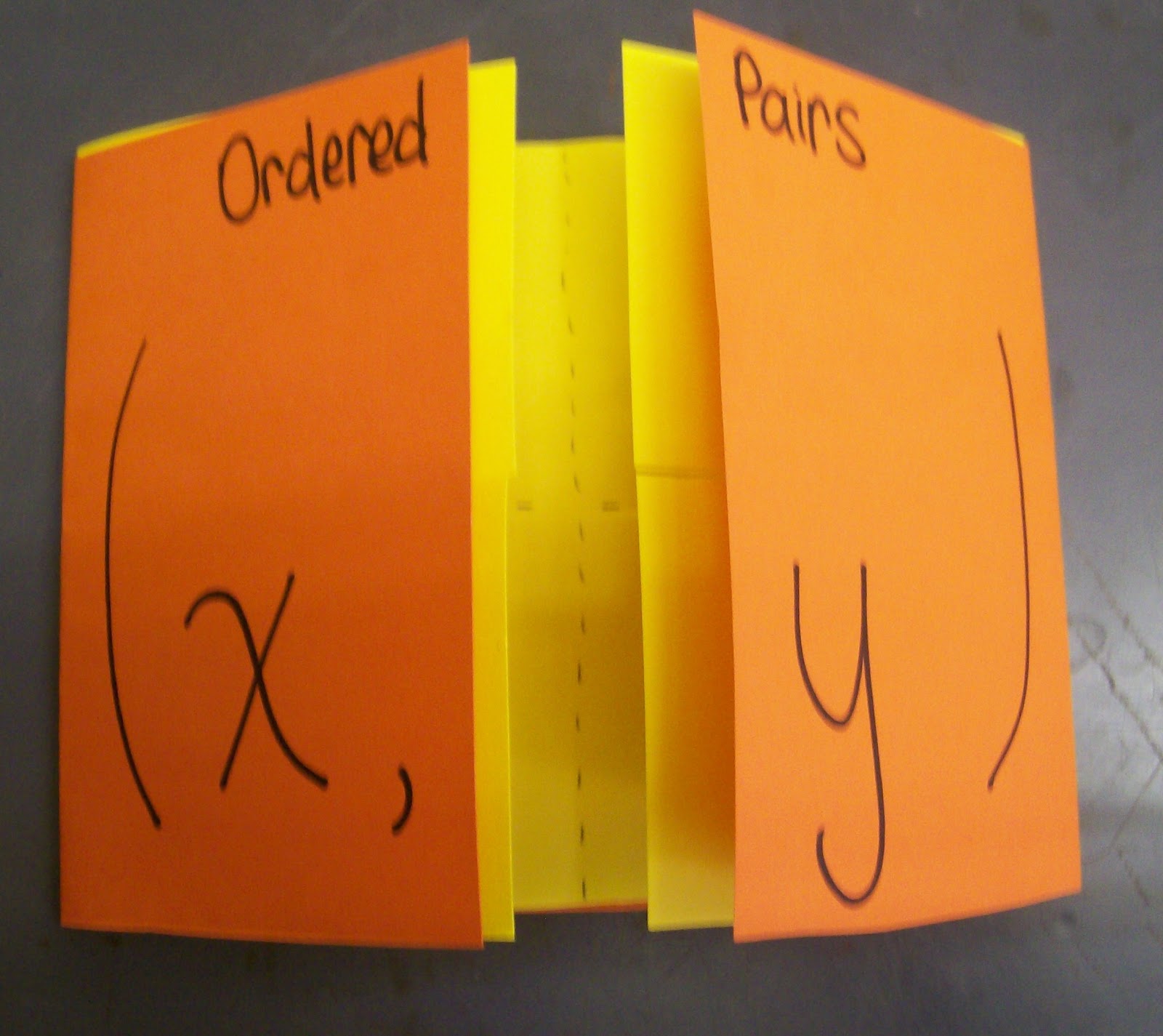
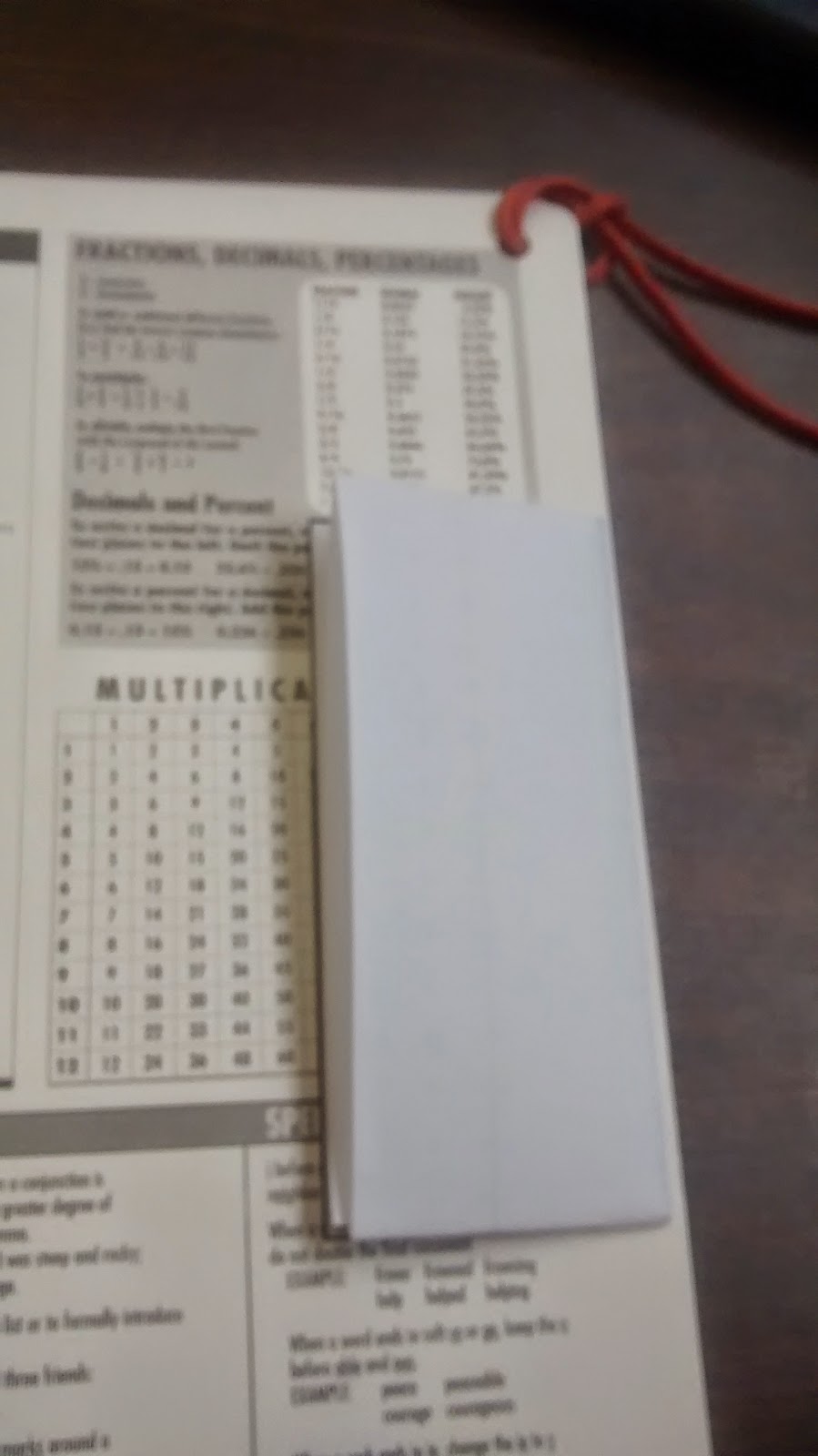
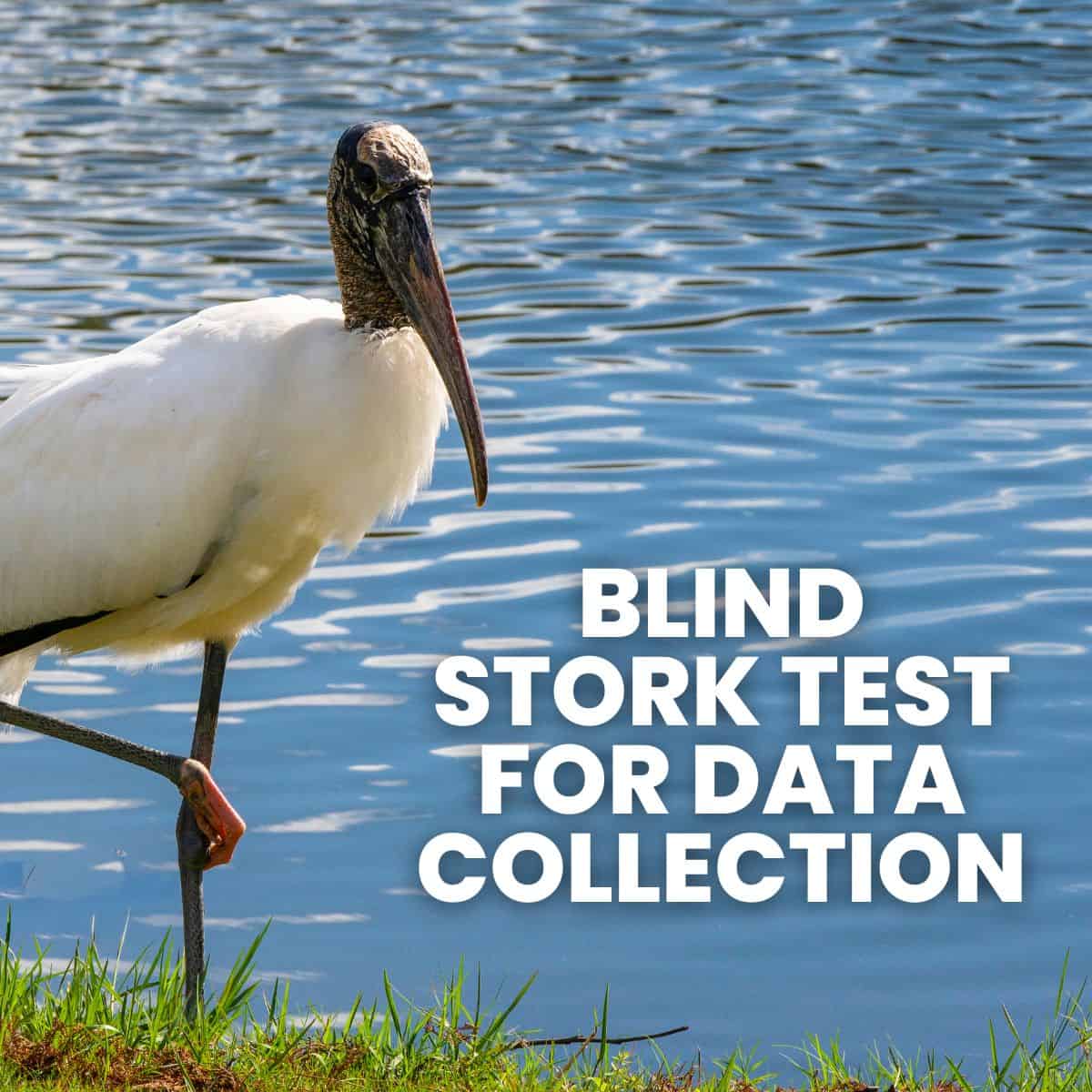
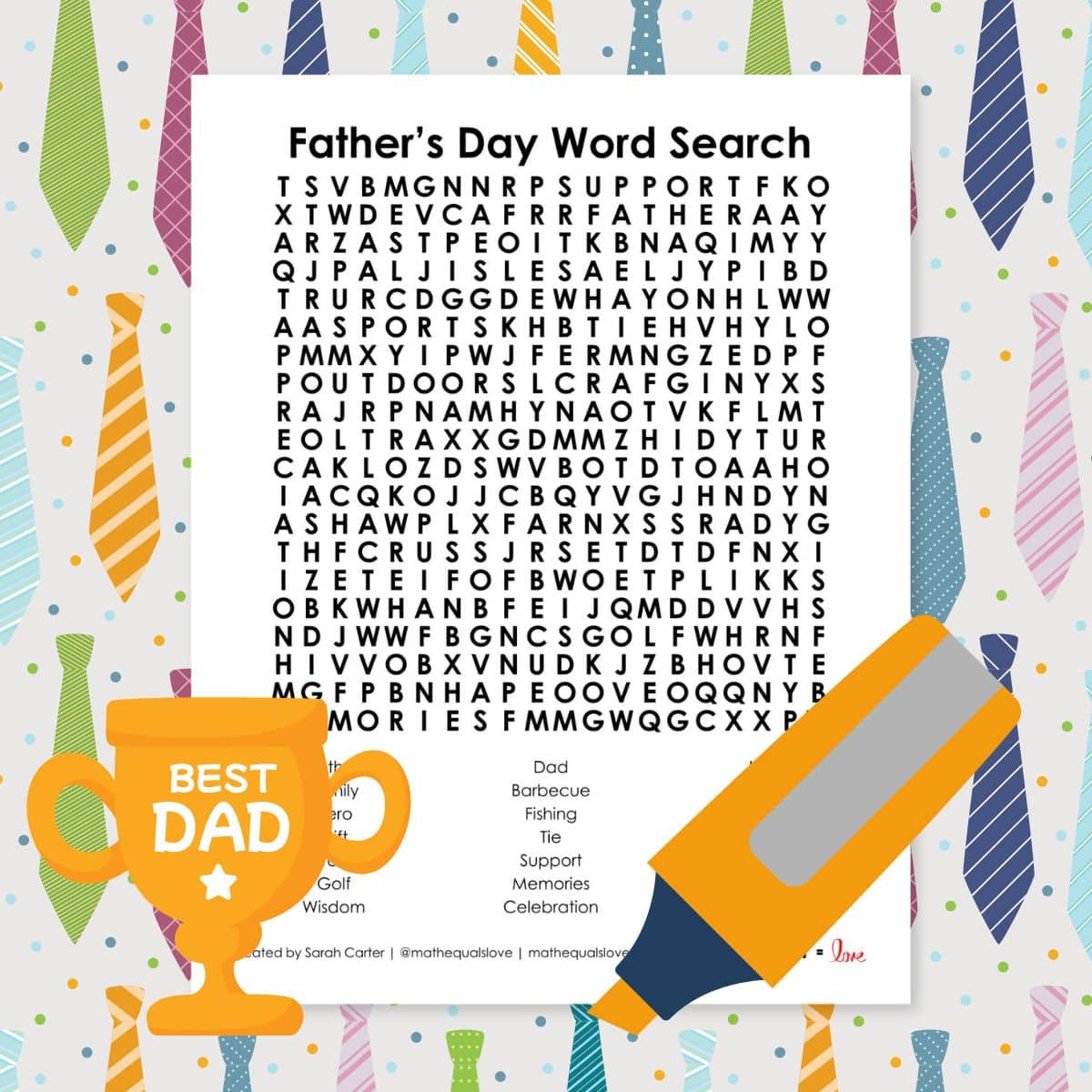
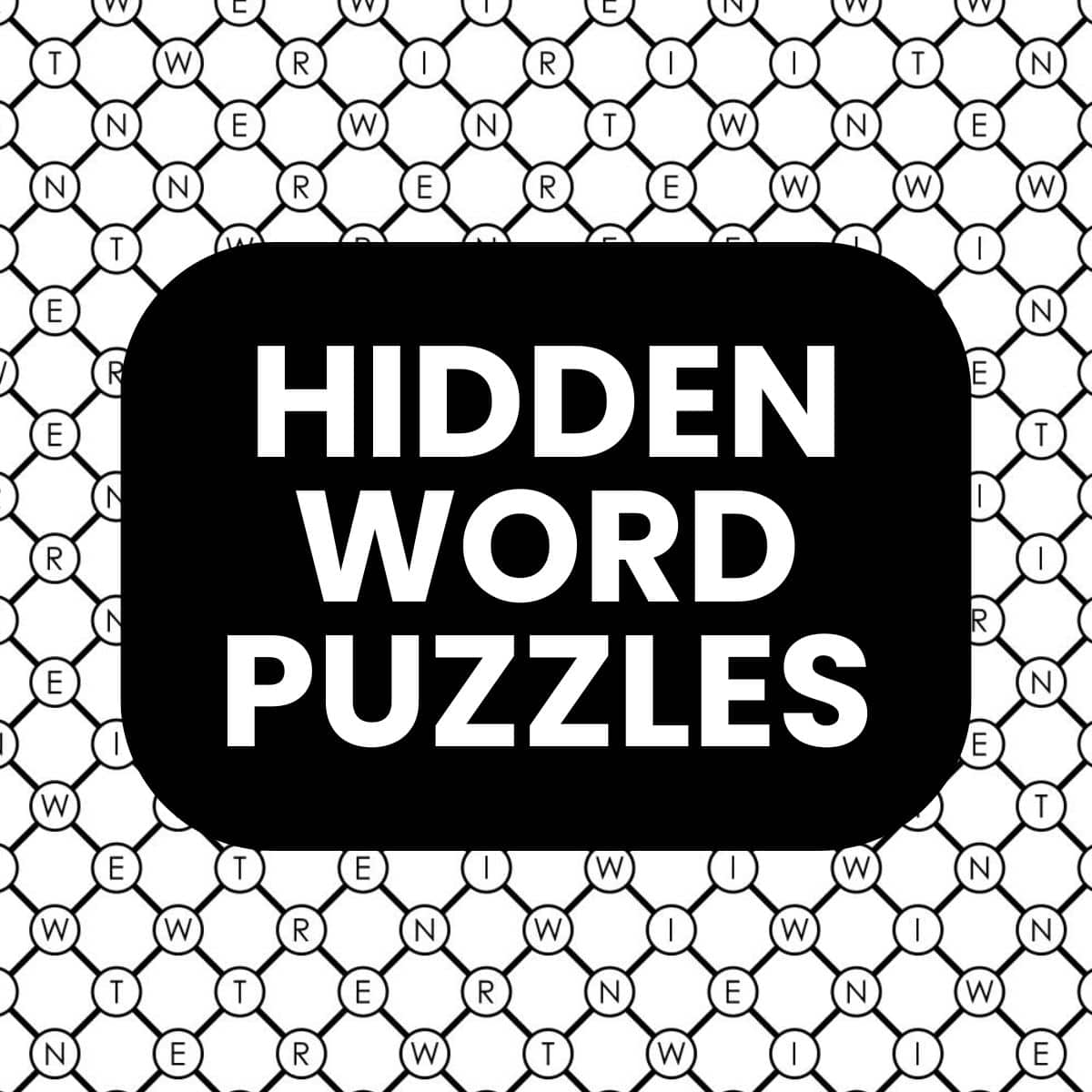
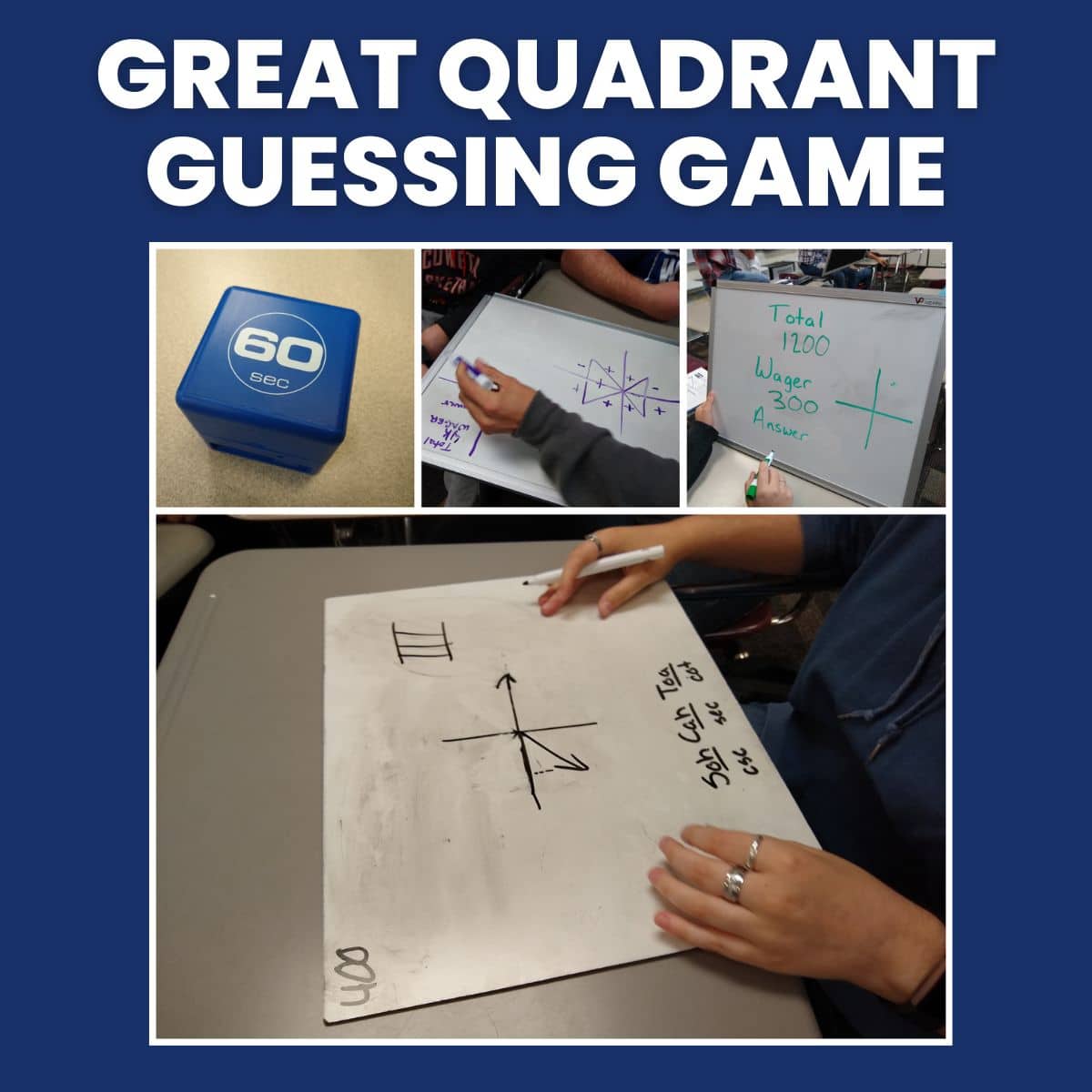
Are these 9th graders? I teach subatomic particles to the 7th graders, and they get it again in 8th grade, so that hopefully by the time they get to high school we won't have this kind of issue. (My 10th grade math kids complain about chemistry sometimes. They claim their teacher doesn't explain things. However, I know from experience that the 10th graders tend to talk while the teacher is explaining things, so I don't take them too seriously.)